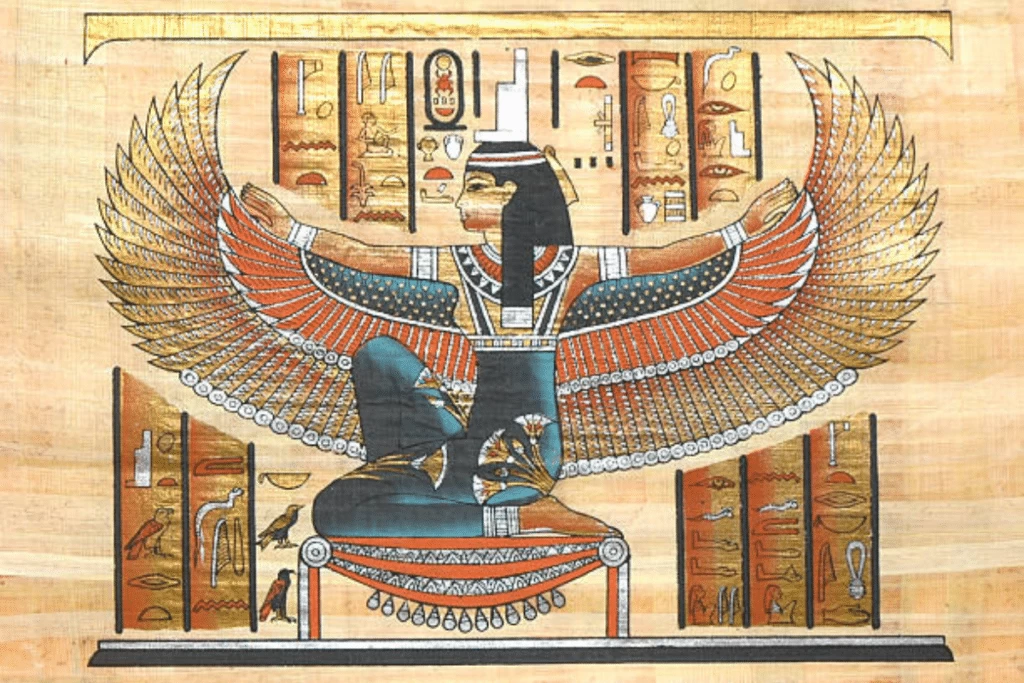
Monuments of Isis Egyptian God: A Journey Through Ancient Wonders
The monuments of Isis Egyptian god stand as remarkable testaments to one of the most revered deities in ancient Egyptian mythology. Throughout Egypt, many temples and structures dedicated to Isis celebrate her role as the goddess of magic, motherhood, and healing. These monuments of Isis Egyptian god provide incredible insights into ancient civilizations’ religious devotion and architectural mastery.
Who is Isis? The Divine Mother of Egypt
Isis, also known as Auset, was one of the most important goddesses in Egyptian mythology. She was the wife of the god Osiris and the mother of Horus. Often depicted wearing a throne-shaped headdress or a crown with cow’s horns and a sun disk, she symbolized protection, rebirth, and fertility. Ancient Egyptians believed in her divine power to heal the sick, guide the dead, and ensure prosperity.
The Majestic Monuments of Isis
1. Philae Temple: The Grand Sanctuary of Isis
On Agilika Island, the Temple of Philae is the most famous shrine dedicated to Isis. The construction of the Aswan High Dam forced the relocation of this Ptolemaic-era temple, built during the reign of Ptolemy II, from Philae Island.
Architectural Marvels of Philae
- Incredible reliefs adorn the First Pylon depicting Ptolemaic rulers making offerings to the gods.
- Hypostyle Hallten features ten massive columns decorated with inscriptions dedicated to Isis, Osiris, and Horus.
- The Sanctuary of Isis holds the most sacred chamber, where someone once placed the cult statue of the goddess.
- The Kiosk of Trajan, a stunning Greco-Roman addition, enhances the temple’s grandeur.
Philae was one of the last strongholds of the Isis cult, with worship continuing until the 6th century AD when Emperor Justinian ordered its closure.
2. Temple of Dendur: A Gift to the World
The Roman Emperor Augustus commissioned the construction of the Temple of Dendur in Nubia around 15 BC. The Egyptian government later presented it to the United States, and now it is housed in the Metropolitan Museum of Art, in New York.
Unique Features of the Dendur Temple
- Constructed from sandstone, it showcases reliefs of Isis alongside Osiris and their son, Horus.
- The temple’s walls contain hieroglyphic inscriptions, narrating stories of divine rituals.
- Religious ceremonies honoring Isis took place in the main sanctuary, a small yet significant space.
This temple is a rare example of Roman-influenced Egyptian architecture, symbolizing the continued worship of the goddess Isis even under foreign rule.
3. The Hadrian’s Gate in Philae
Another impressive structure within the Philae temple complex is Hadrian’s Gate. Built during the Roman period, this monument features Greek and Egyptian influences, showcasing Isis’s widespread veneration beyond Egypt.
4. The Sanctuary of Isis at Pompeii
Surprisingly, the worship of Isis the goddess extended far beyond Egypt. The Sanctuary of Isis in Pompeii, built in the 2nd century BC, stands as a powerful symbol of her influence in Greco-Roman culture. The temple was one of the first structures to be excavated after Mount Vesuvius erupted in 79 AD.
Features of the Pompeii Sanctuary
- Frescoes depicting Isis performing sacred rites.
- the central altar where priests conducted daily rituals.
- underground chamber possibly used for initiation ceremonies.
5. Isis Statue in Rome: The Goddess in the Eternal City
Rome’s Capitoline Museums house a stunning bronze statue of Isis from the Roman period. The statue portrays the goddess in a majestic pose, holding a sistrum (a sacred rattle) and an ankh (symbol of life). This sculpture exemplifies how Roman emperors embraced the Egyptian goddess, incorporating her worship into their religious traditions.
Lesser-Known Monuments of Isis
1. The Isis Reliefs in Esna Temple
The Temple of Esna, primarily dedicated to the god Khnum, contains beautifully preserved reliefs of Isis alongside other Egyptian deities. This temple, built during the Ptolemaic and Roman periods, provides rare depictions of Isis’s divine abilities.
2. The Small Isis Shrine at Karnak
While Karnak Temple is mainly associated with Amun-Ra, a lesser-known shrine dedicated to Isis exists within the temple complex. This modest structure symbolizes the interconnectedness of Egyptian deities.
3. The Isis-Healing Statues in Saqqara
Recently discovered statues of Isis in Saqqara’s necropolis provide new insights into her role as a goddess of healing and protection. These statues, carved in black granite, depict Isis standing with outstretched wings, symbolizing her divine ability to safeguard the dead.
The Story of Isis and Osiris: A Tale of Love and Resurrection
One of the most captivating myths in Egyptian mythology is the story of Isis and Osiris. His jealous brother Seth, who scattered his body parts across the land betrayed and murdered Osiris, the benevolent ruler of Egypt,. In an act of unparalleled devotion, The beautiful Isis searched tirelessly, gathering Osiris’s remains and using her divine powers to resurrect him. This act not only made her the goddess of rebirth and magic but also led to the birth of their son Horus, who later avenged his father. This myth, deeply embedded in Egyptian beliefs, symbolizes the eternal struggle between good and evil, as well as the power of love, perseverance, and divine justice.
The Worship of Isis: A Legacy Beyond Egypt
Even after the decline of ancient Egyptian civilization, the worship of Isis persisted across the Mediterranean world. Her cult spread to Rome, Greece, and even as far as Britain.
Why Did The Goddess Isis Become So Popular?
- She was the divine mother figure, making her relatable to various cultures.
- Her healing powers attracted those seeking protection and prosperity.
- Greeks and Romans associated her with their goddesses, Hathor, Aphrodite, and Demeter
- Her iconography evolved, adapting to different artistic styles while retaining her Egyptian essence
Conclusion: The Eternal Presence of Isis
The monuments of Isis Egyptian god continue to amaze historians, archaeologists, and travelers alike. From the grandeur of the Philae Temple to the hidden reliefs in Esna and Karnak, these ancient wonders reflect the enduring legacy of Lady Isis. Her influence extends beyond Egypt, reaching Rome, Pompeii, and even modern museums.
Exploring these sites provides a glimpse into a civilization that cherished its goddesses, mythology, and architectural genius. Whether you’re visiting the goddess Isis temple at Philae or admiring her statues in European museums, her divine presence remains unforgettable.
At Respect Egypt Tours, we invite you to walk in the footsteps of amazing ancient priests and uncover the secrets of Isis the goddess. Let us take you on an unforgettable journey to the heart of Egypt’s spiritual past!
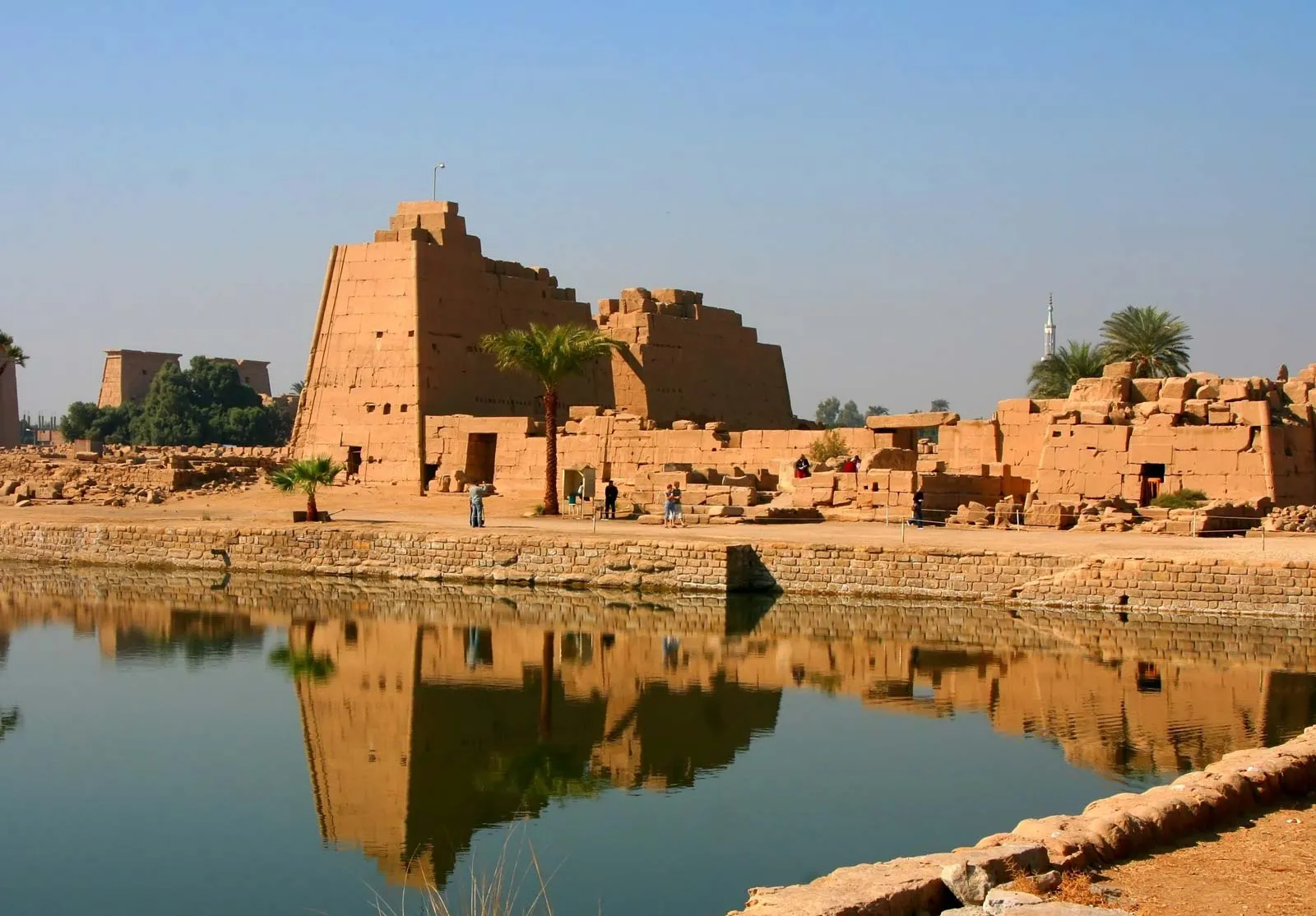
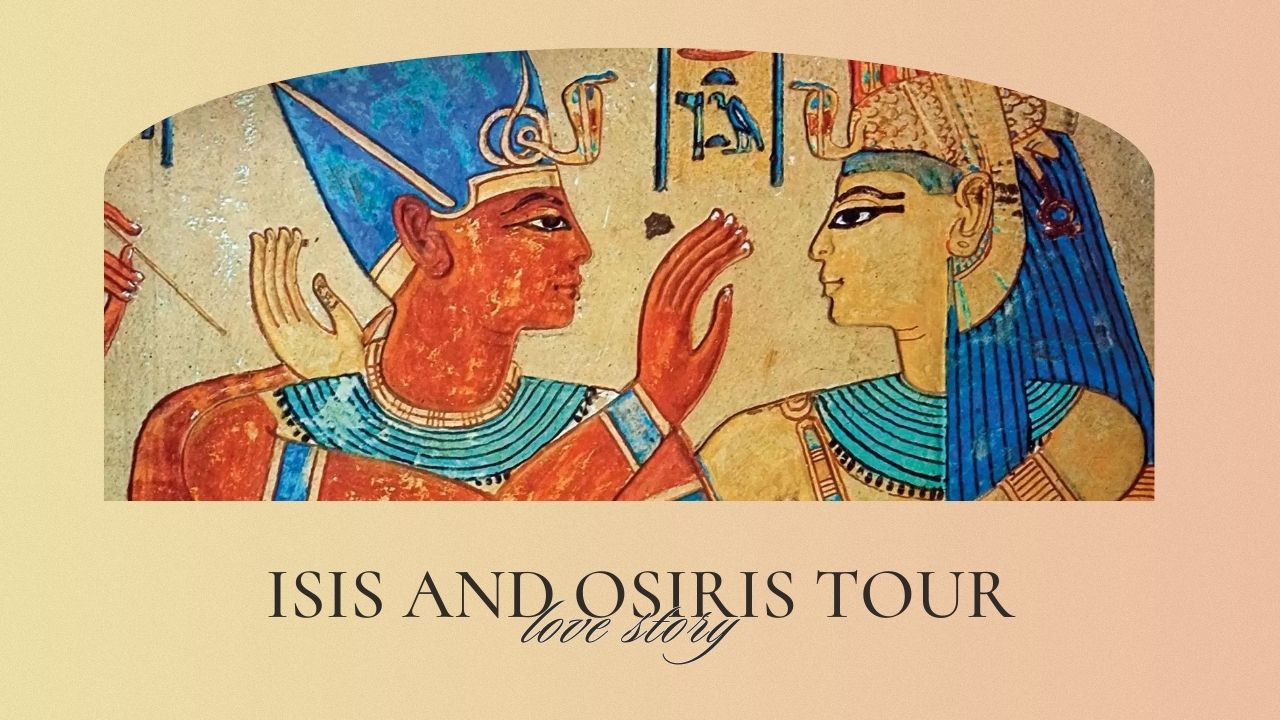






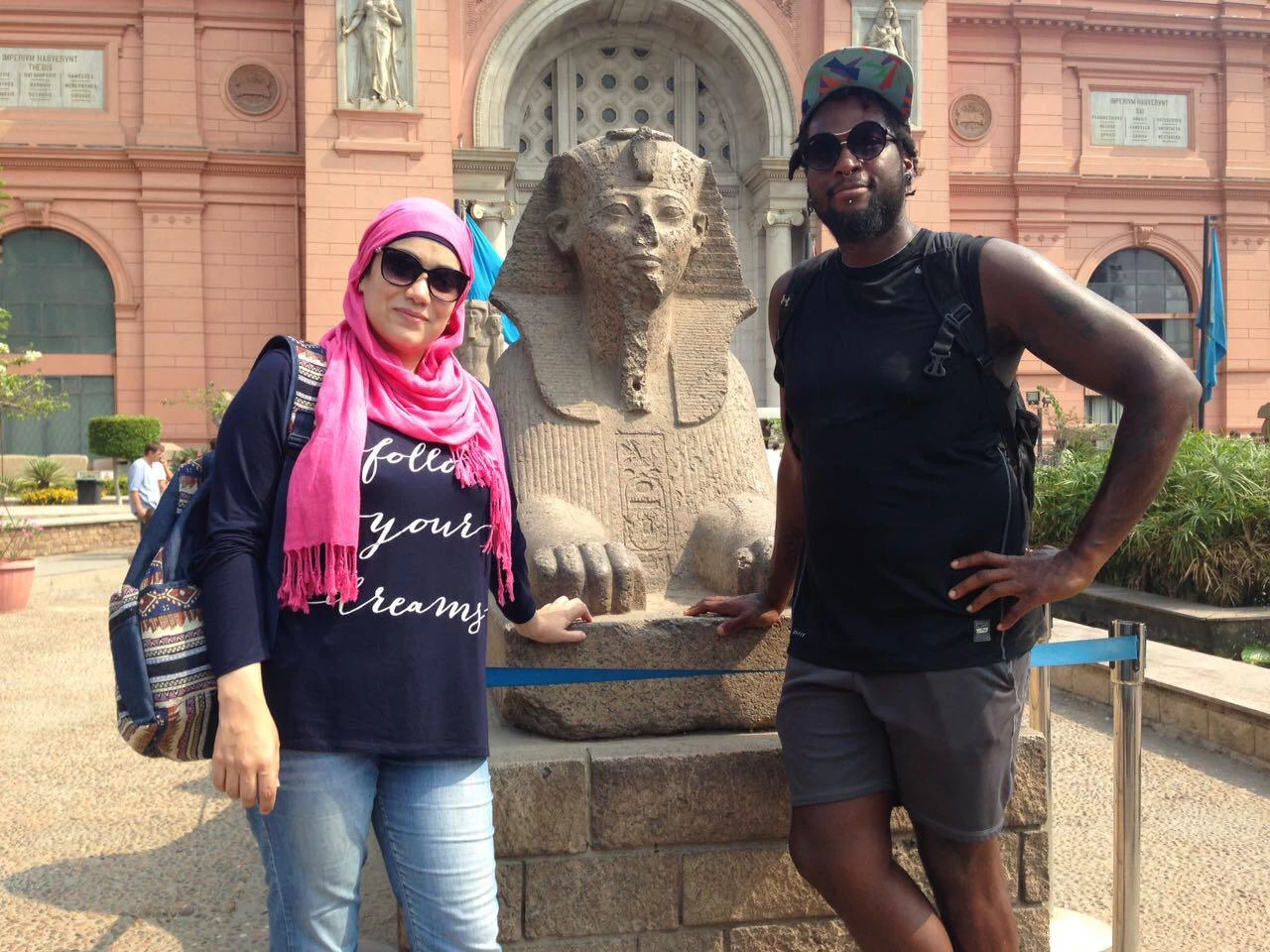
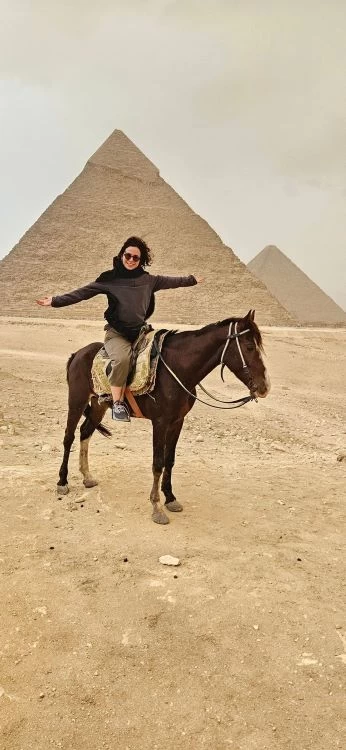
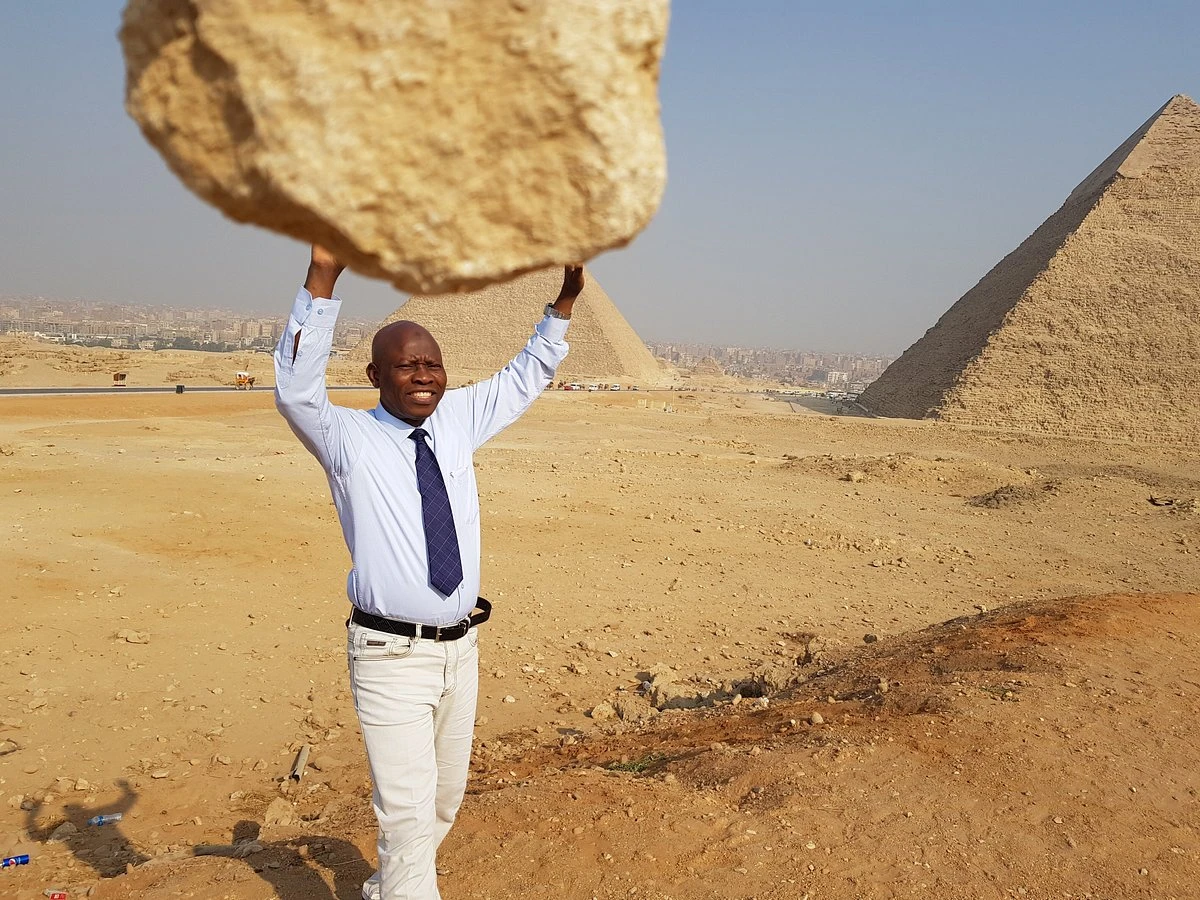
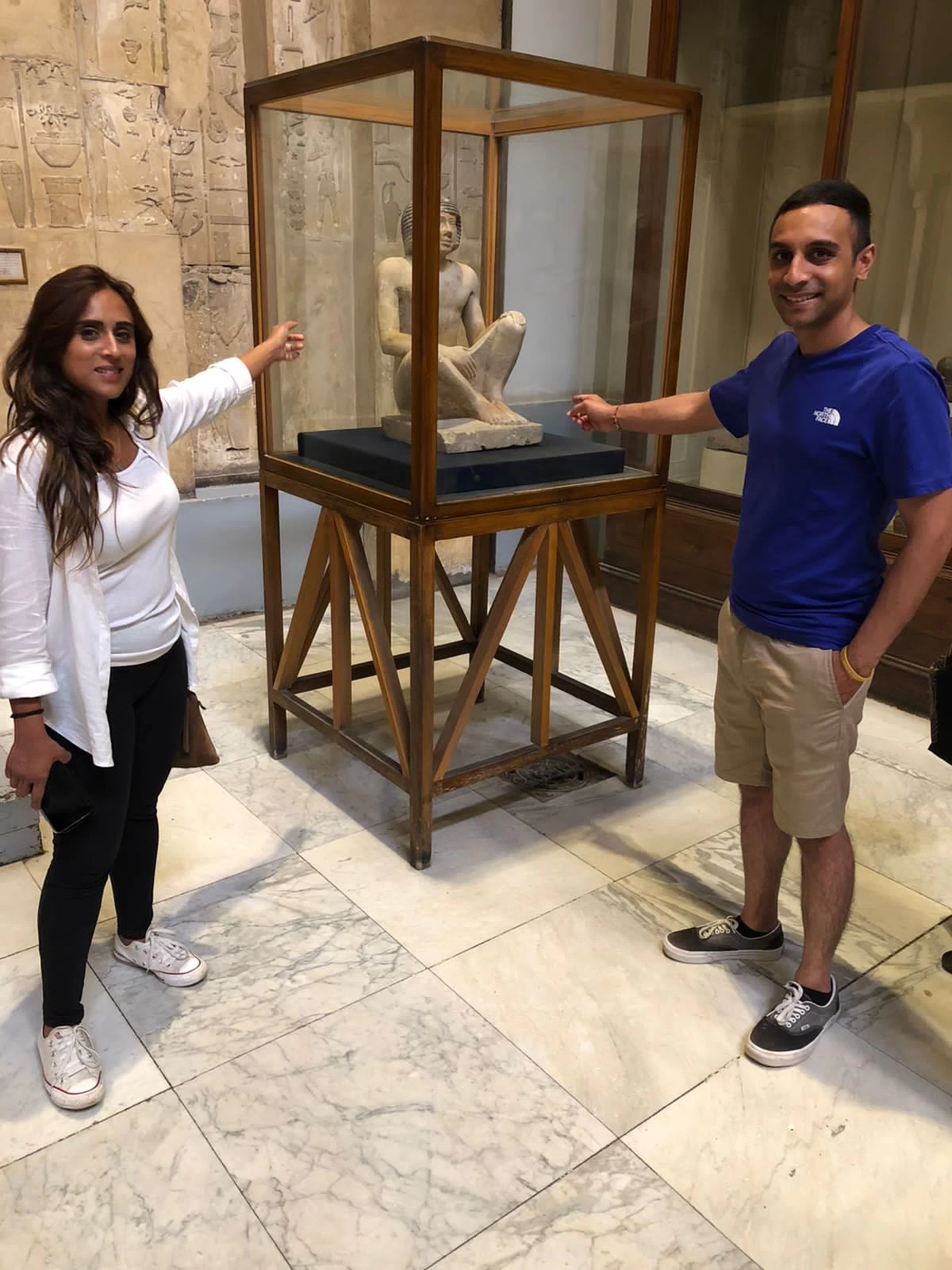
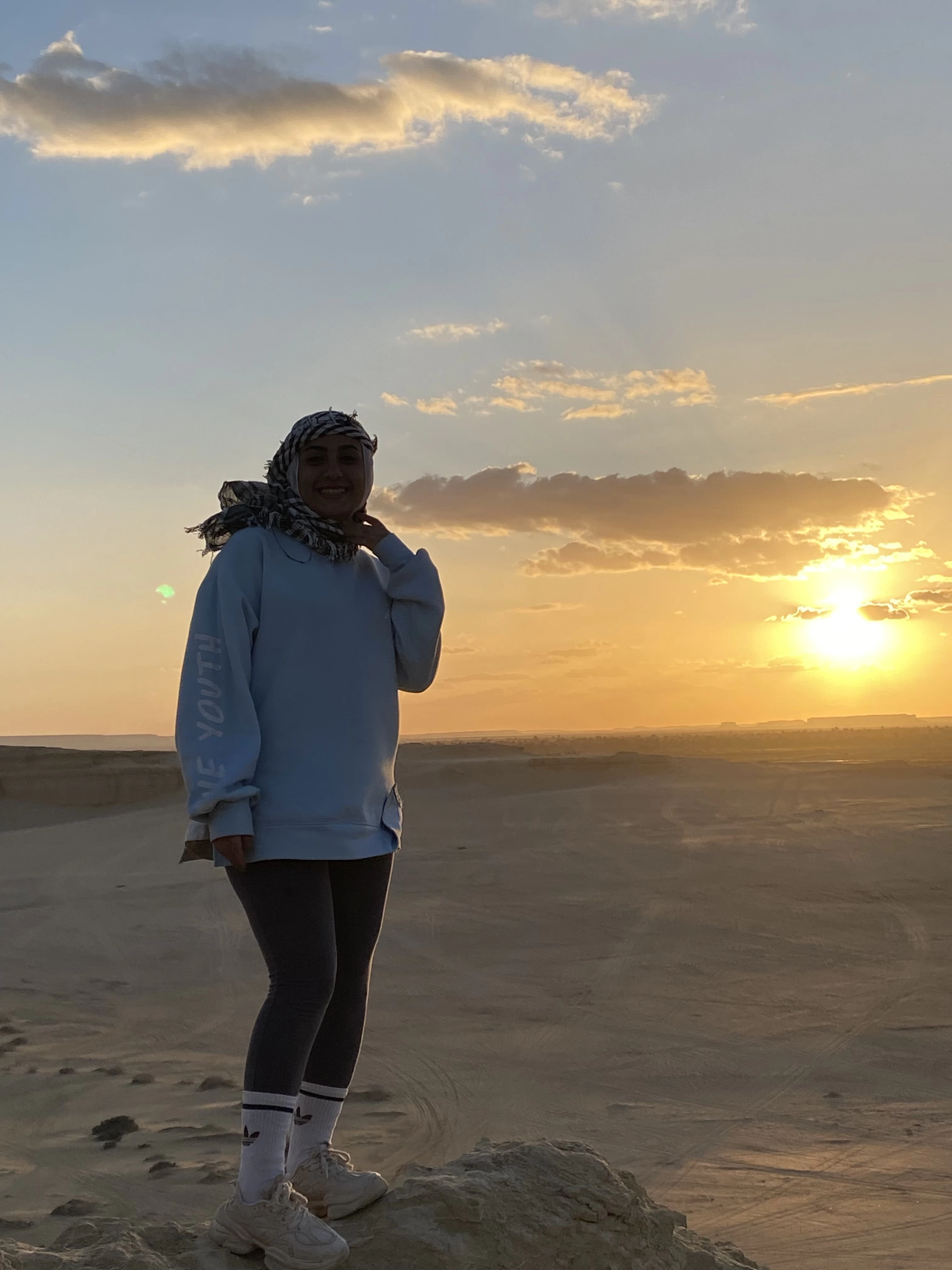
-webp.webp)

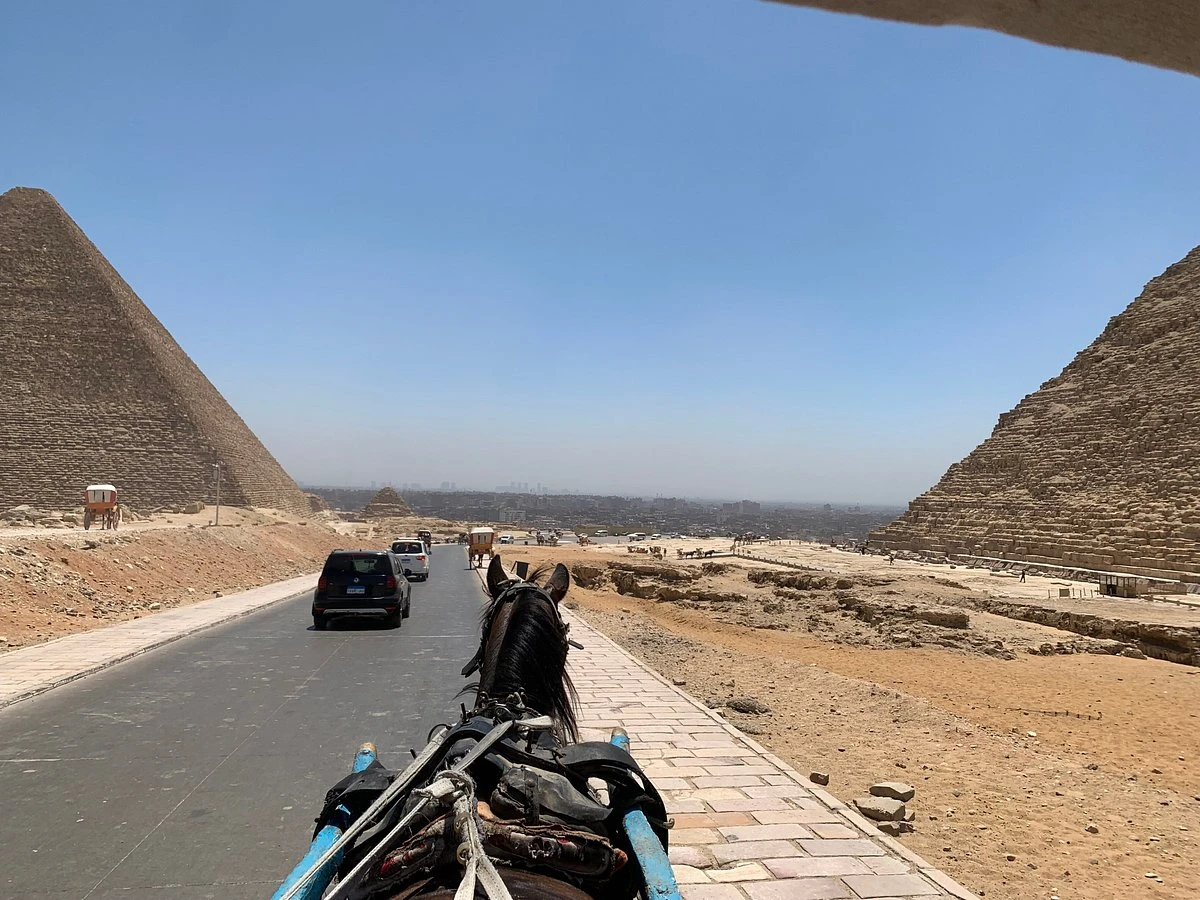
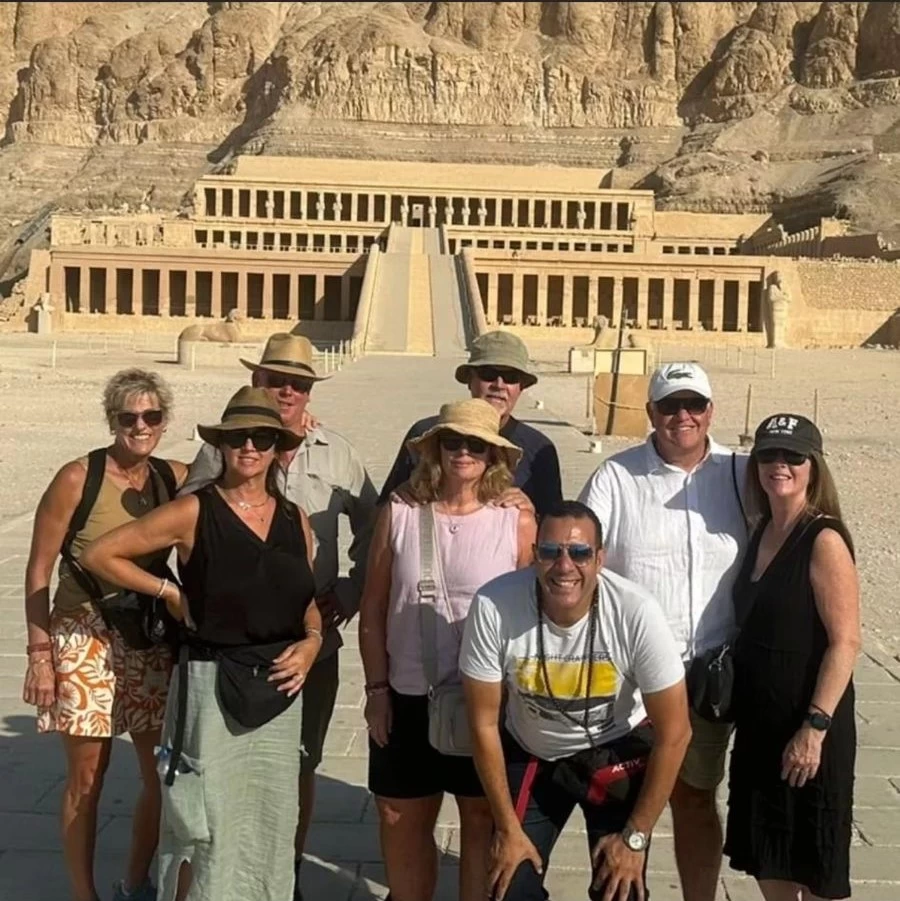
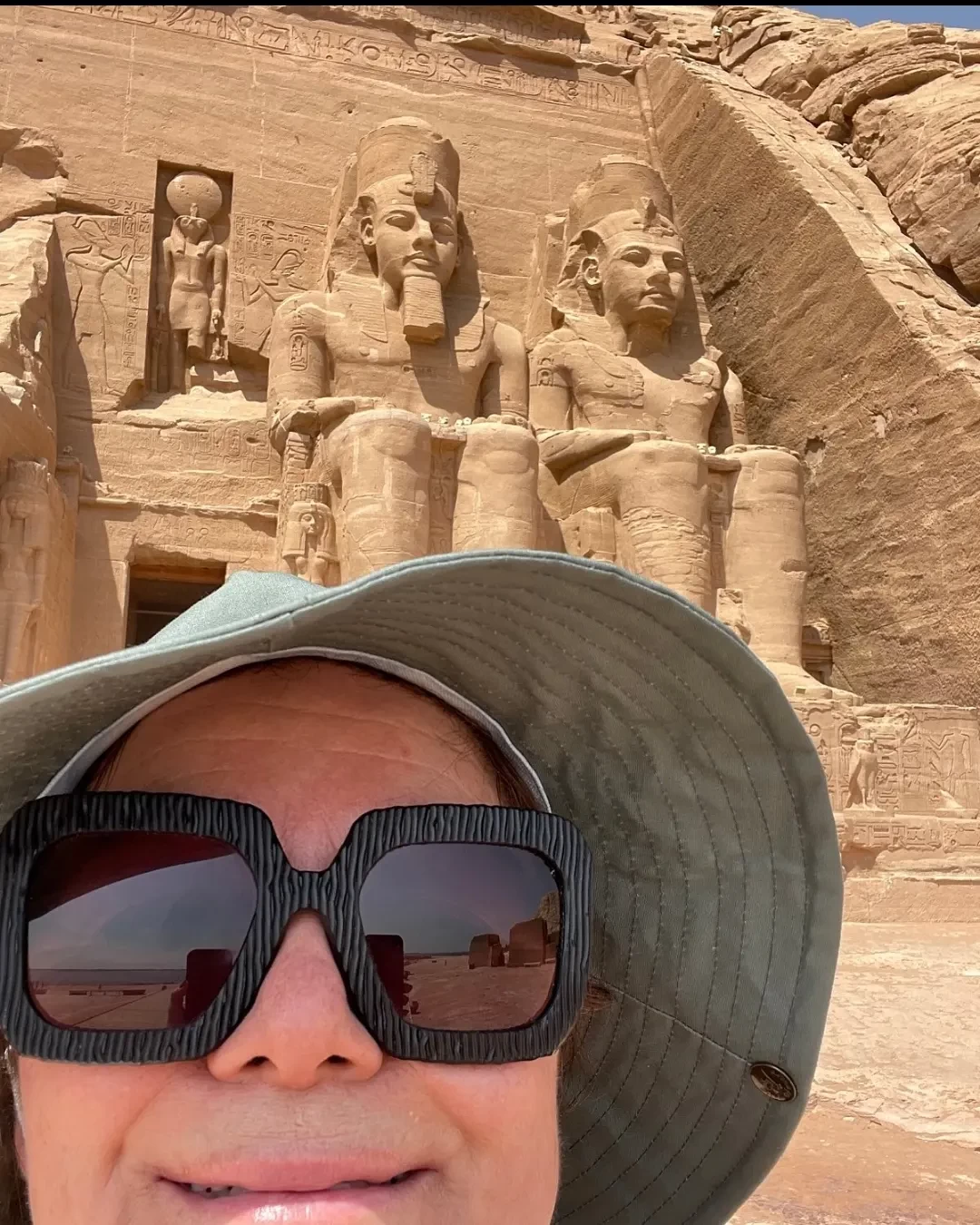
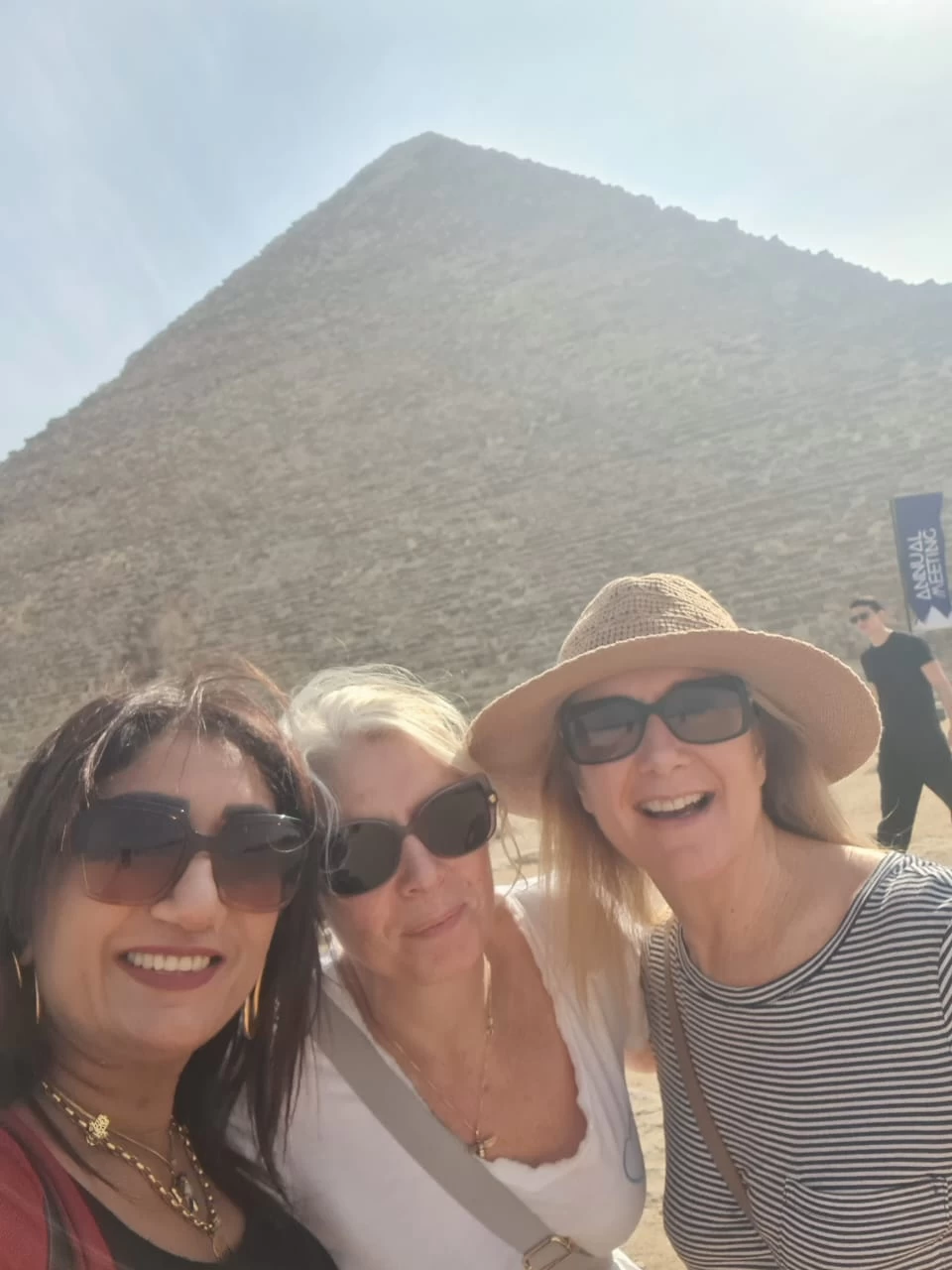
-webp.webp)

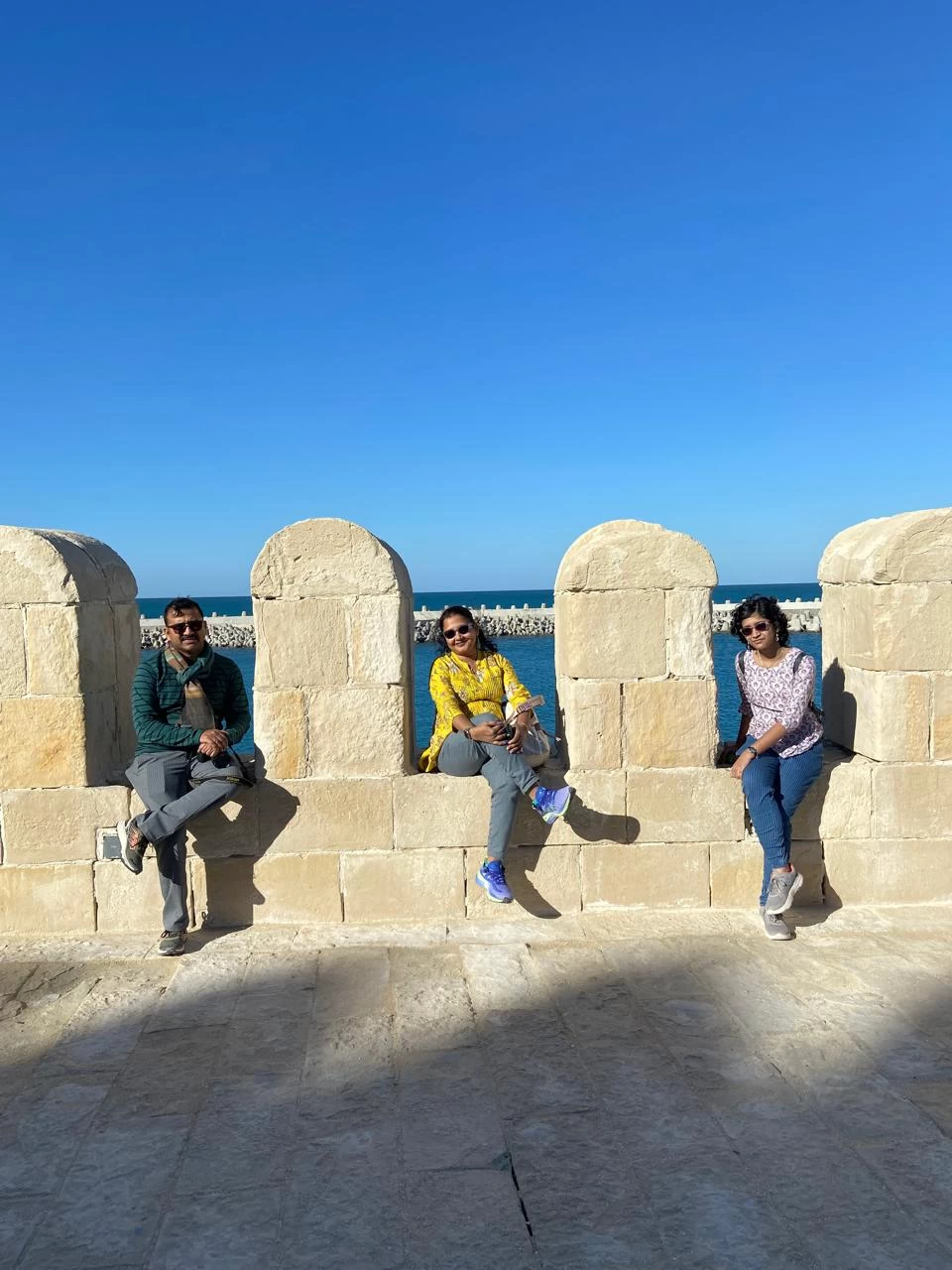
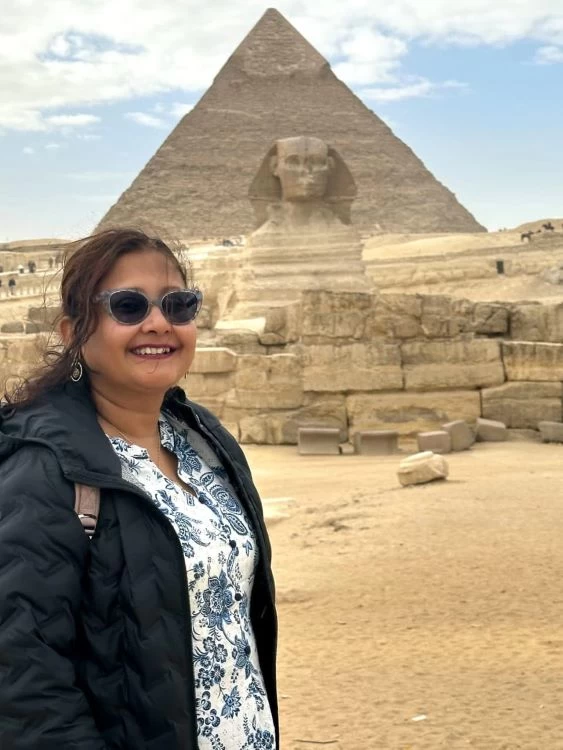
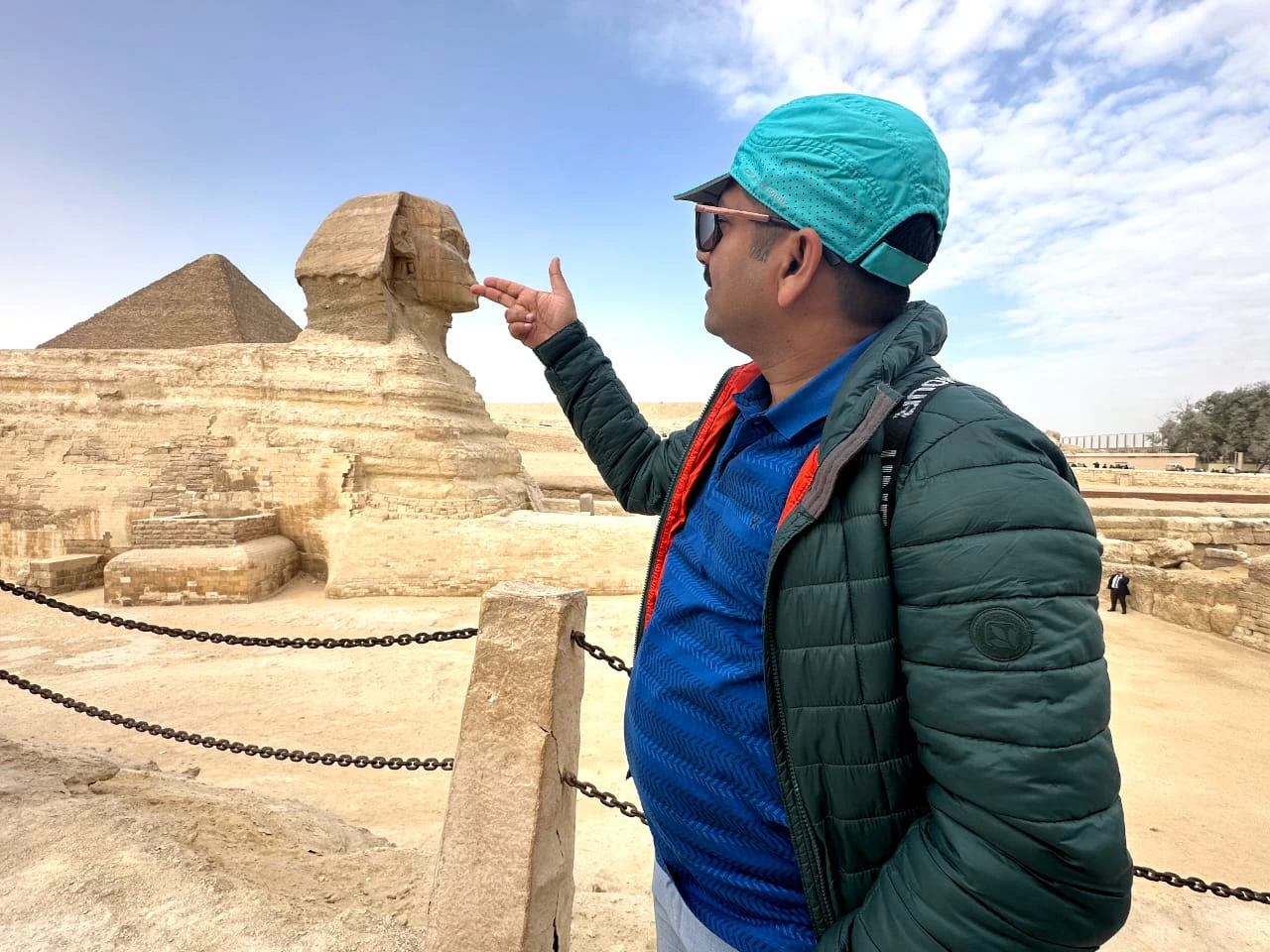
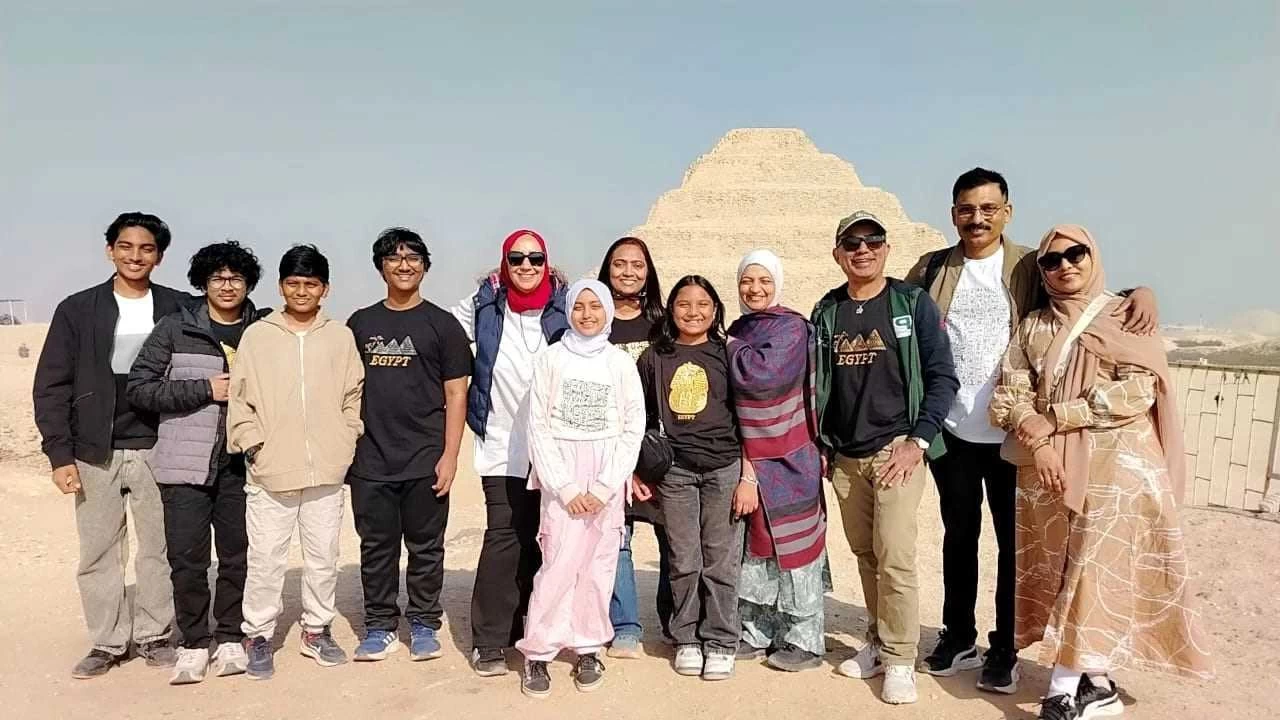
-webp.webp)
-webp.webp)
-webp.webp)
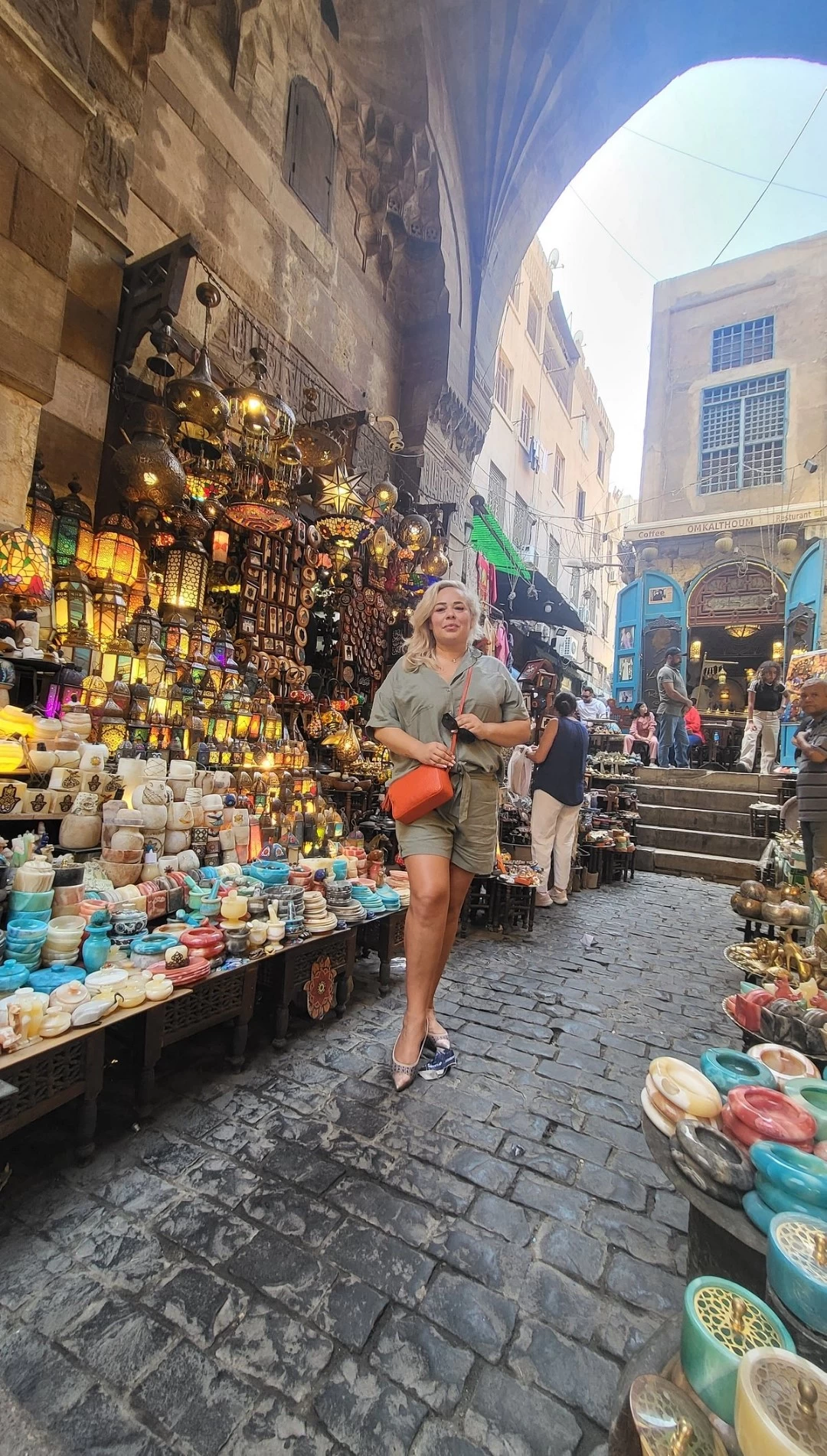
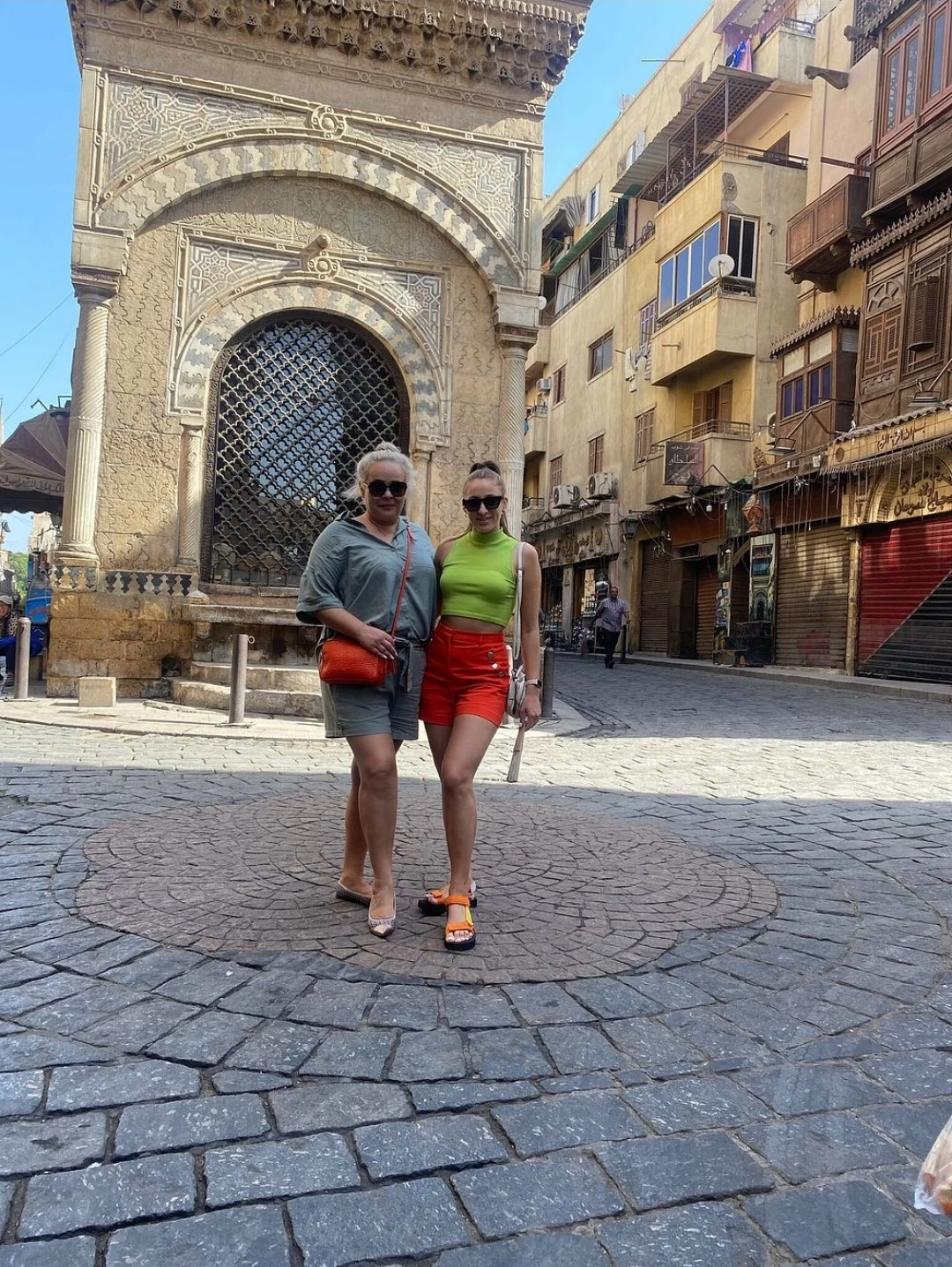

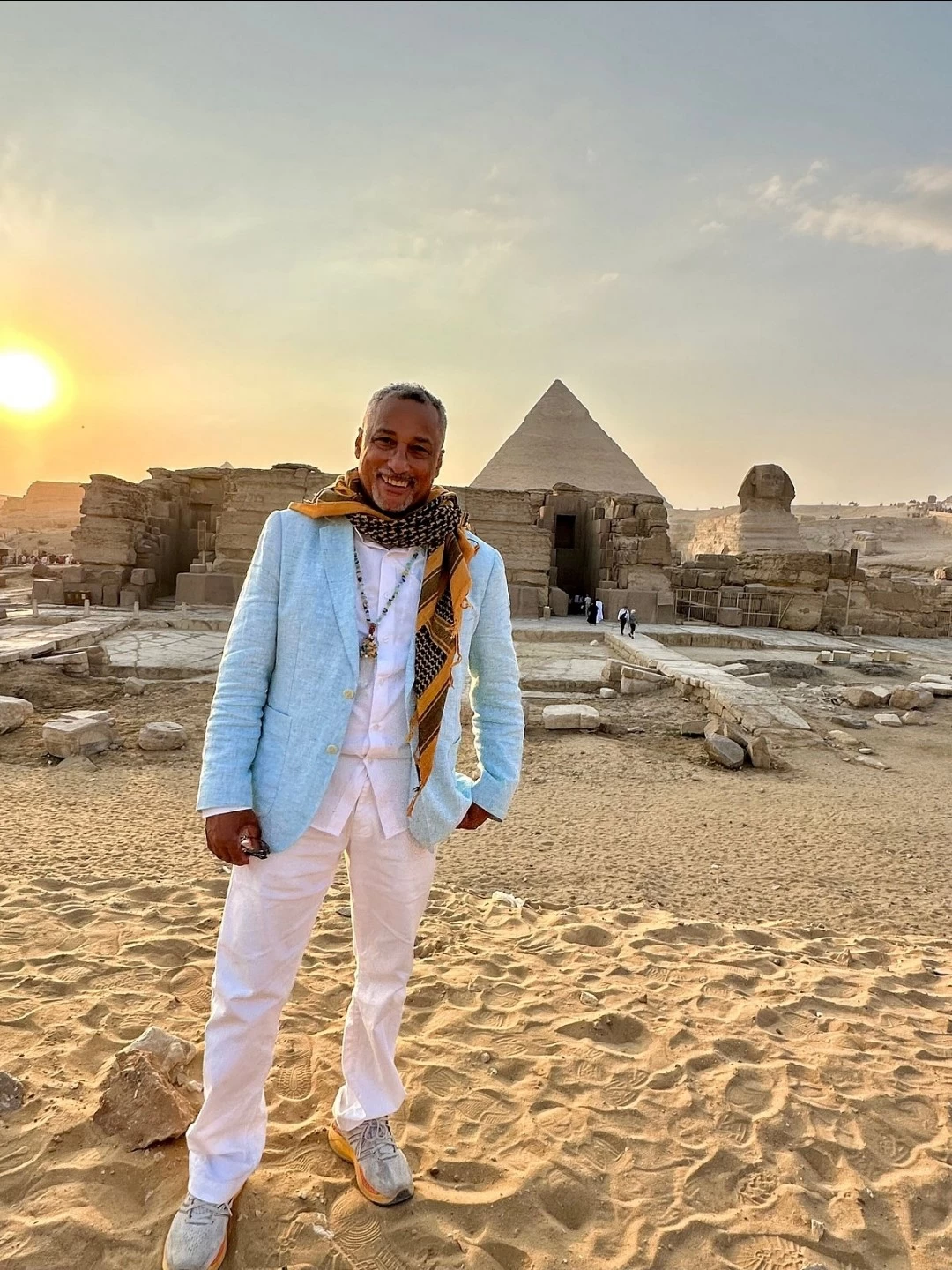
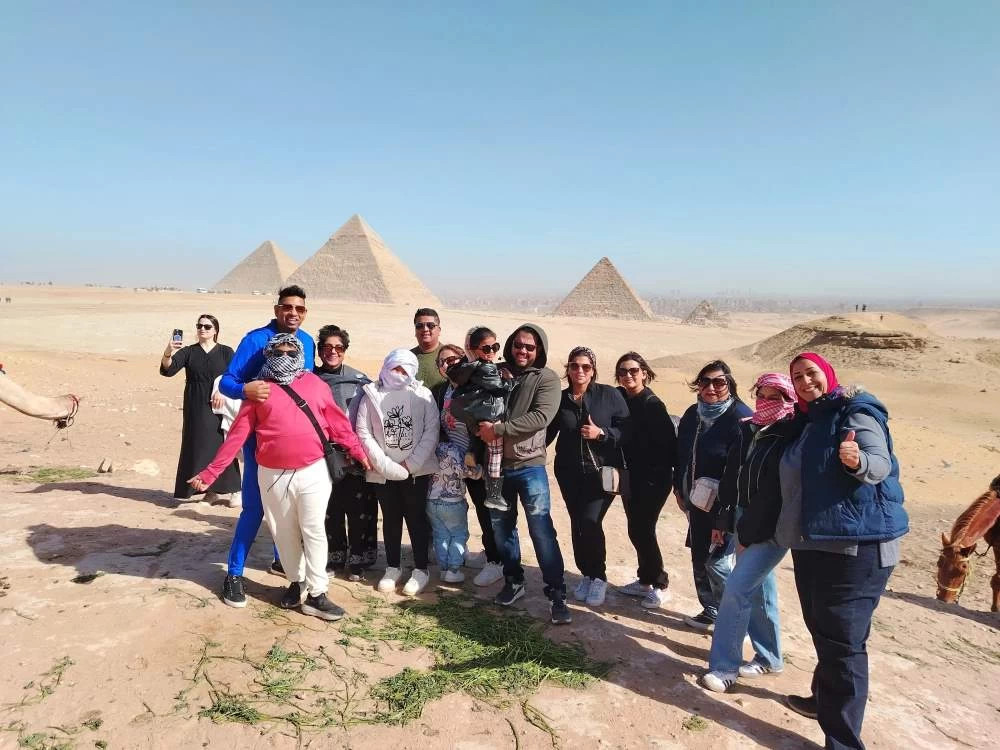
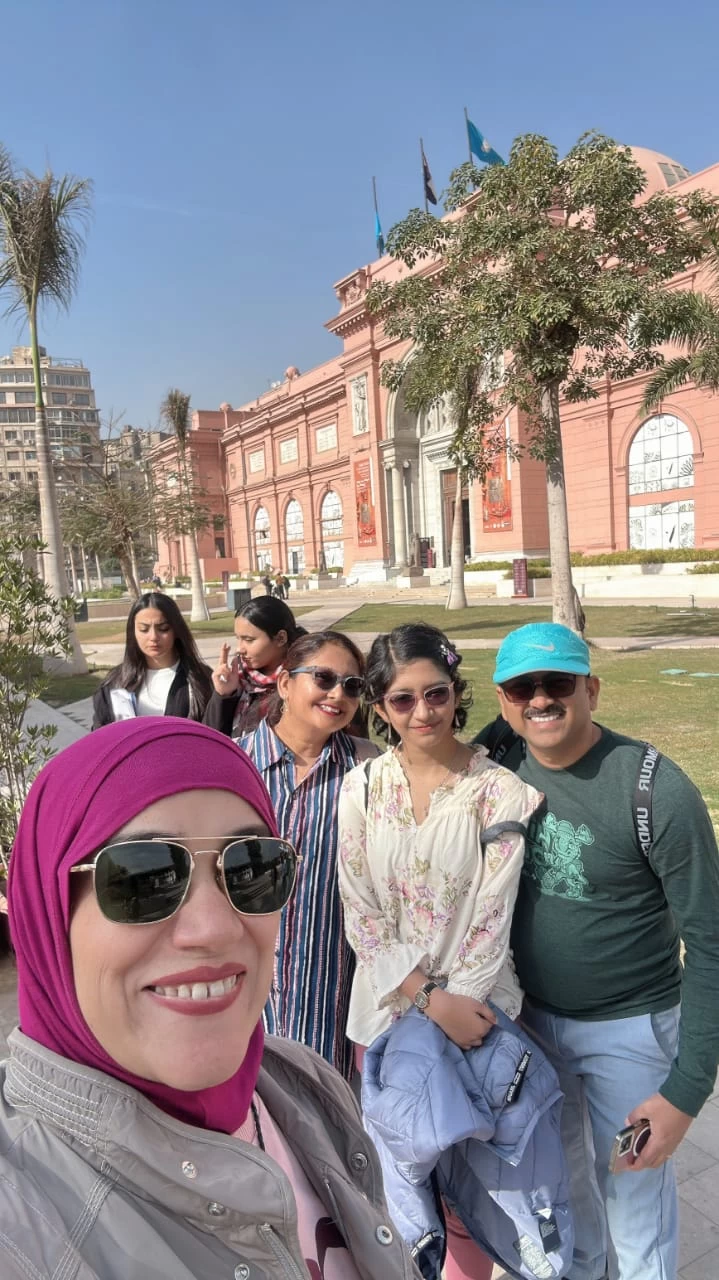
-webp.webp)
-webp.webp)
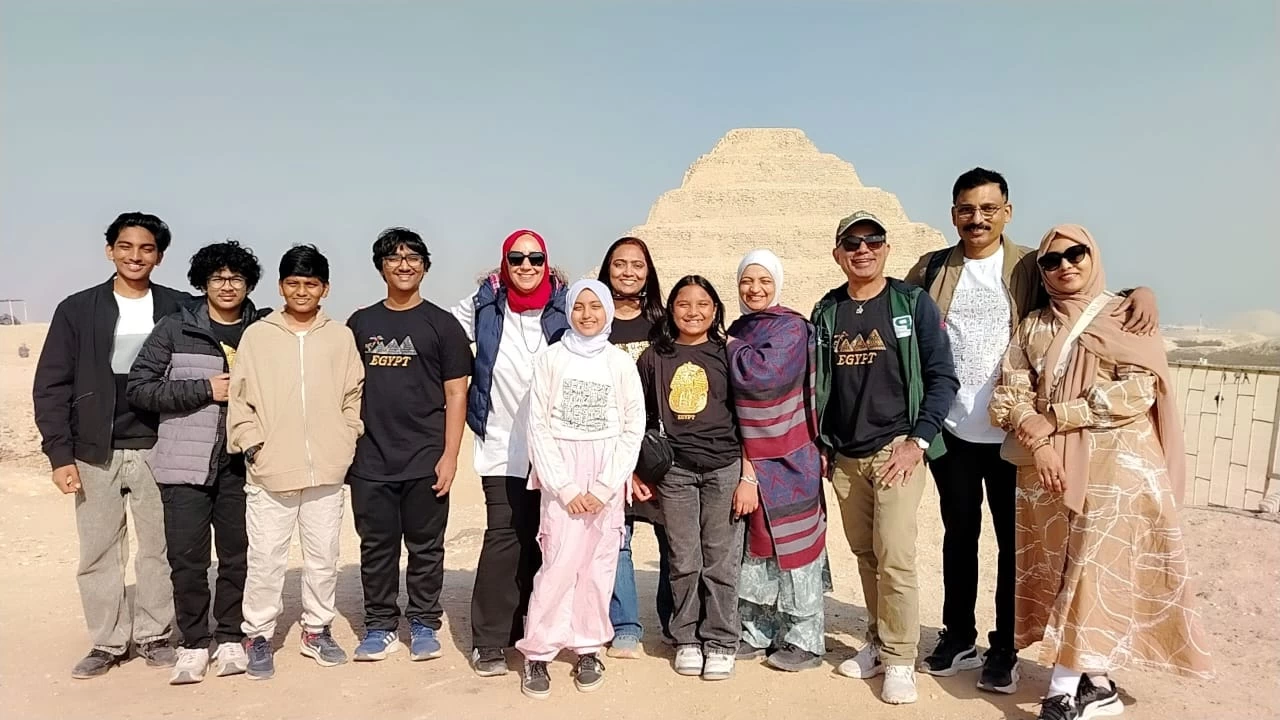
-webp.webp)
-webp.webp)
-webp.webp)
-webp.webp)
-webp.webp)
-webp.webp)
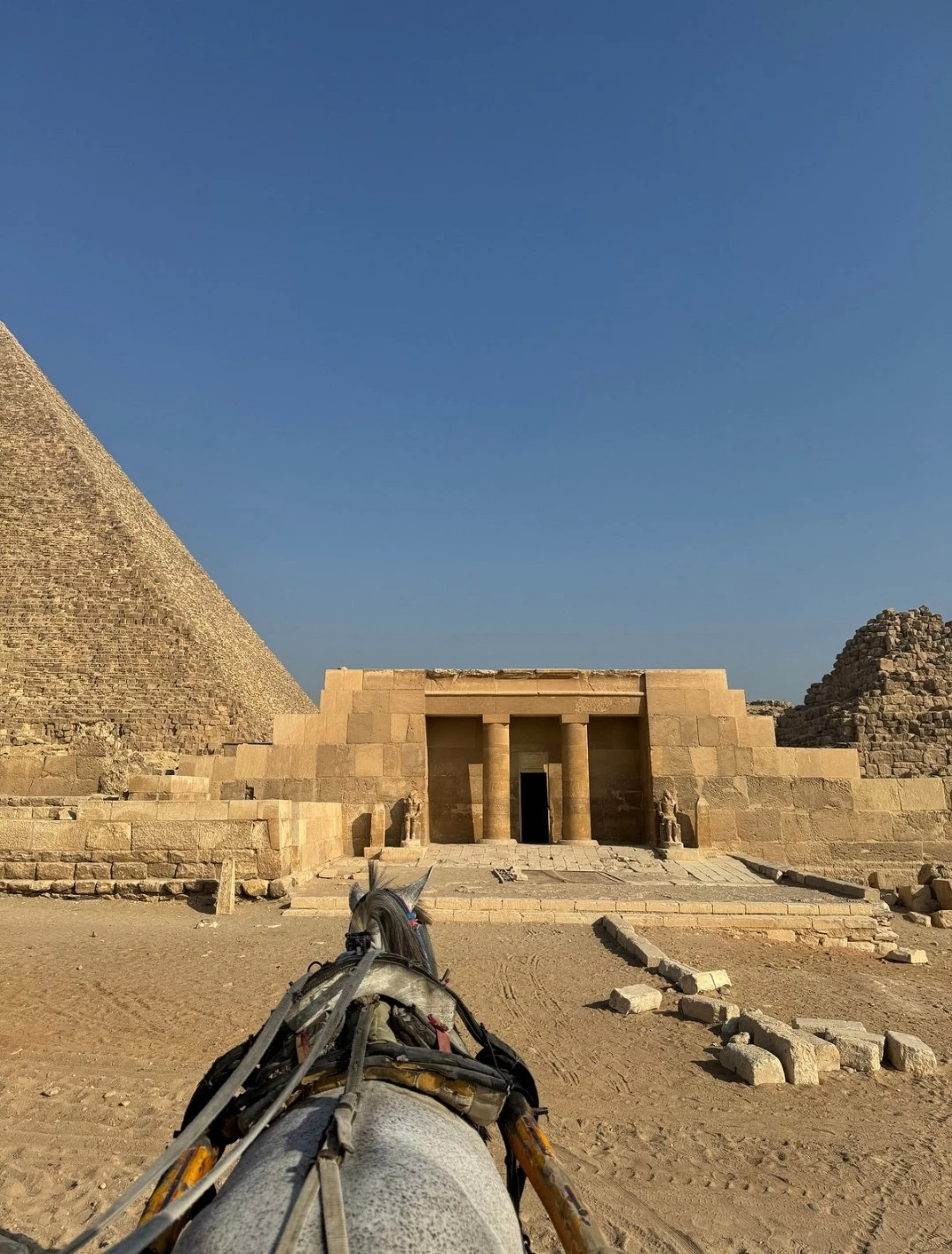
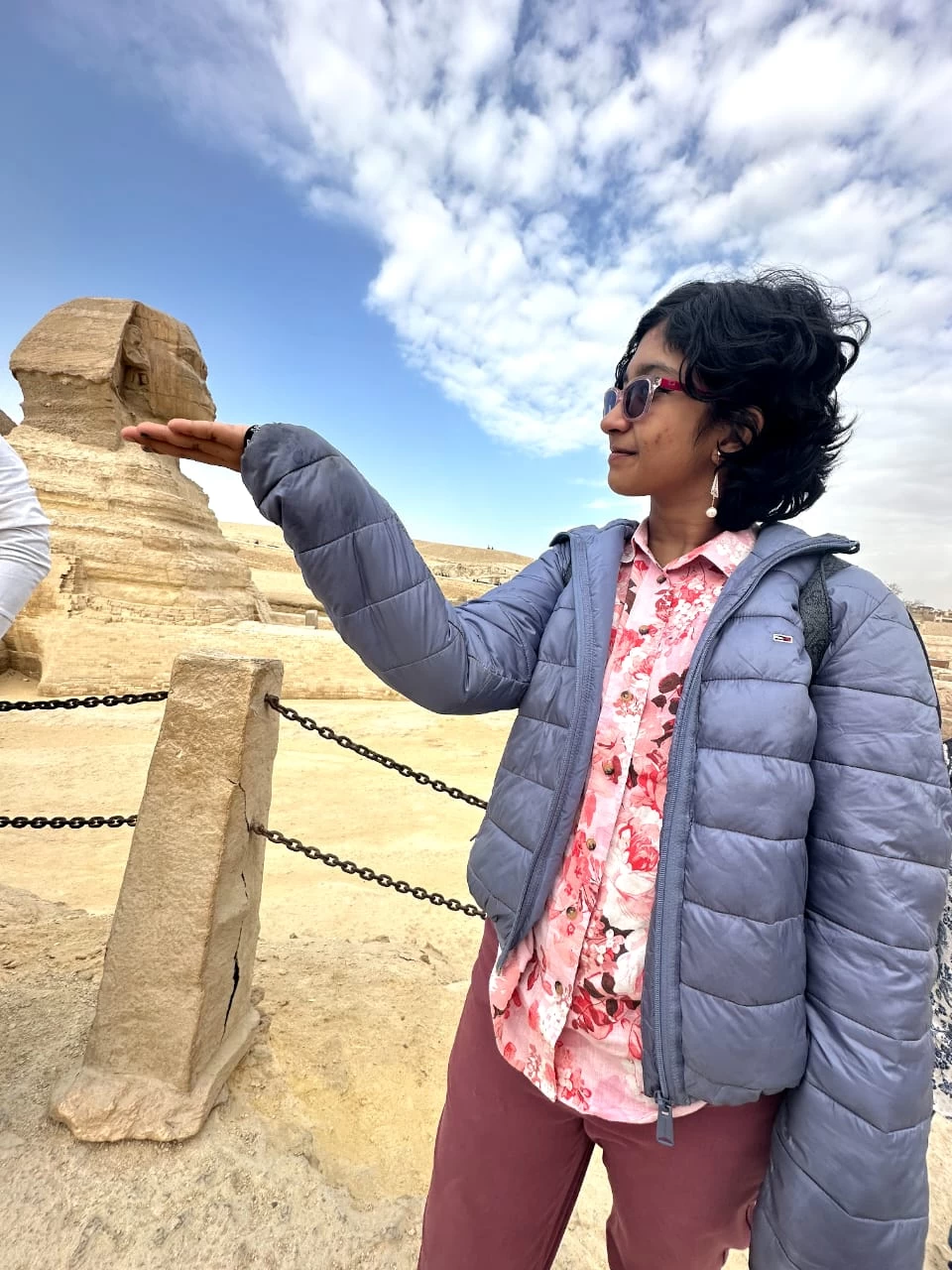
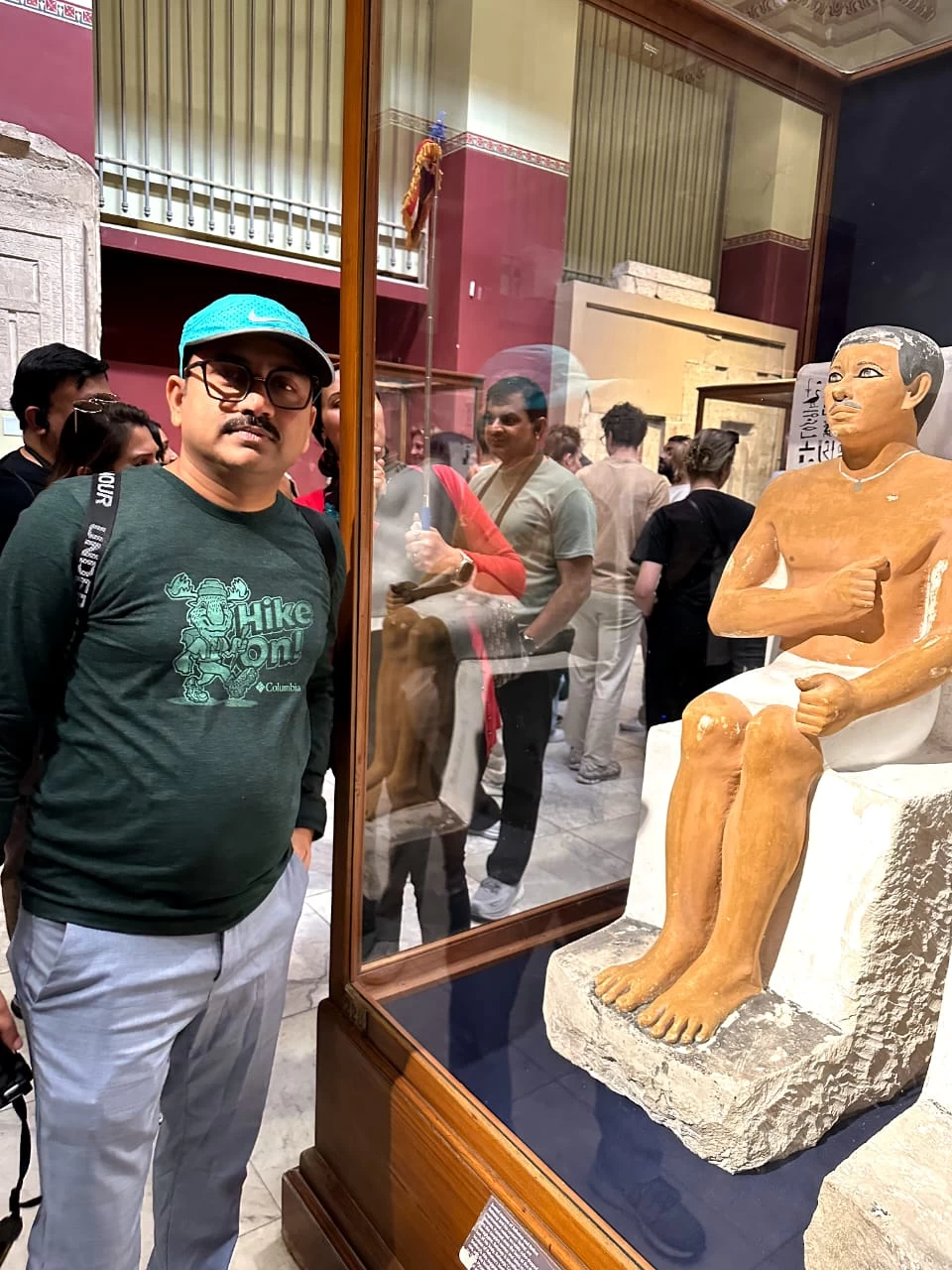
-webp.webp)
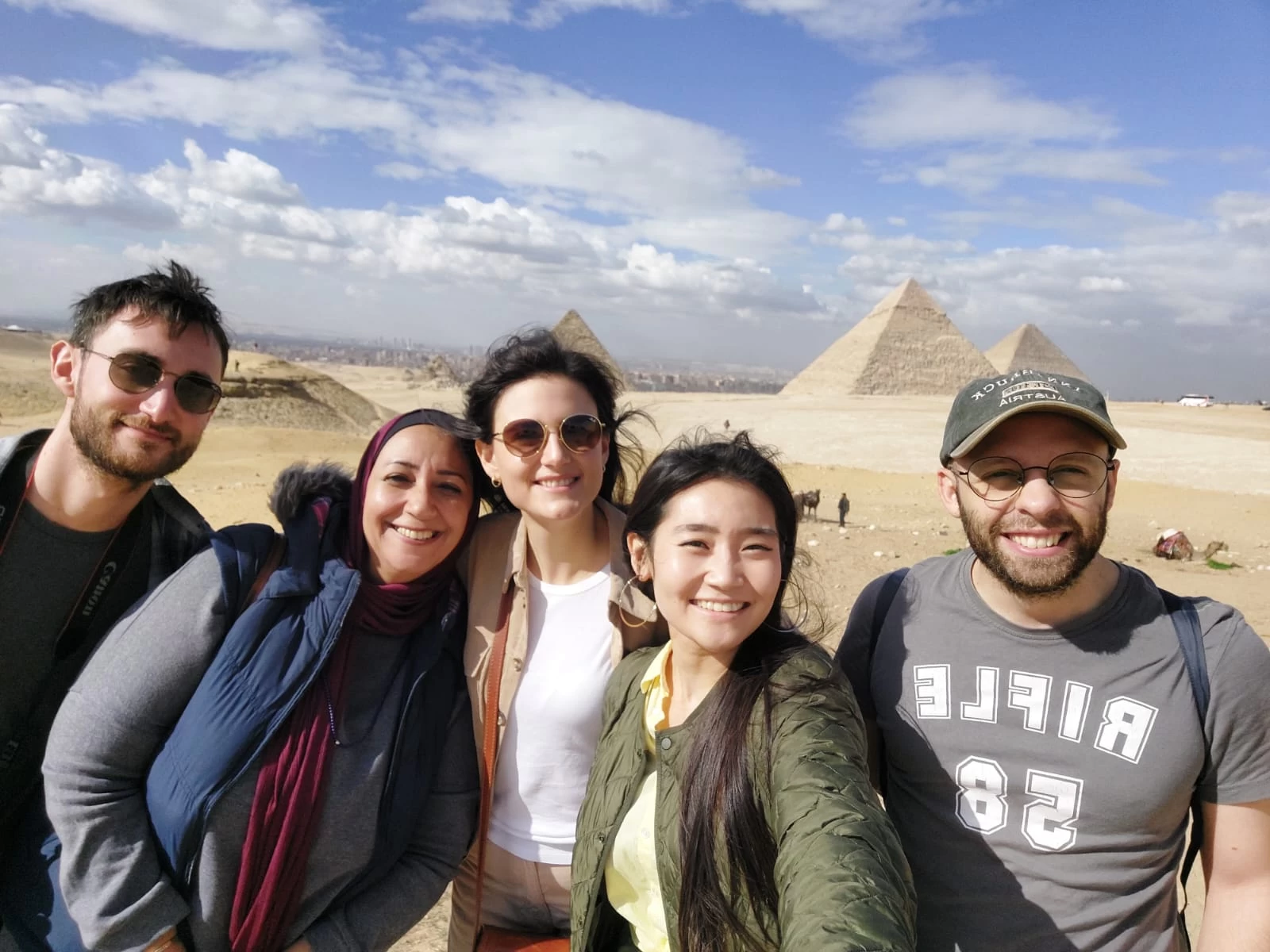
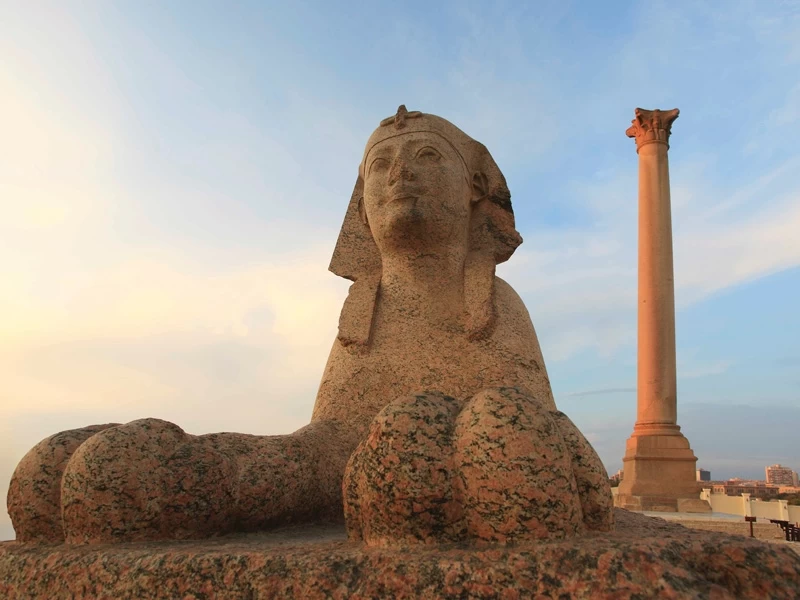
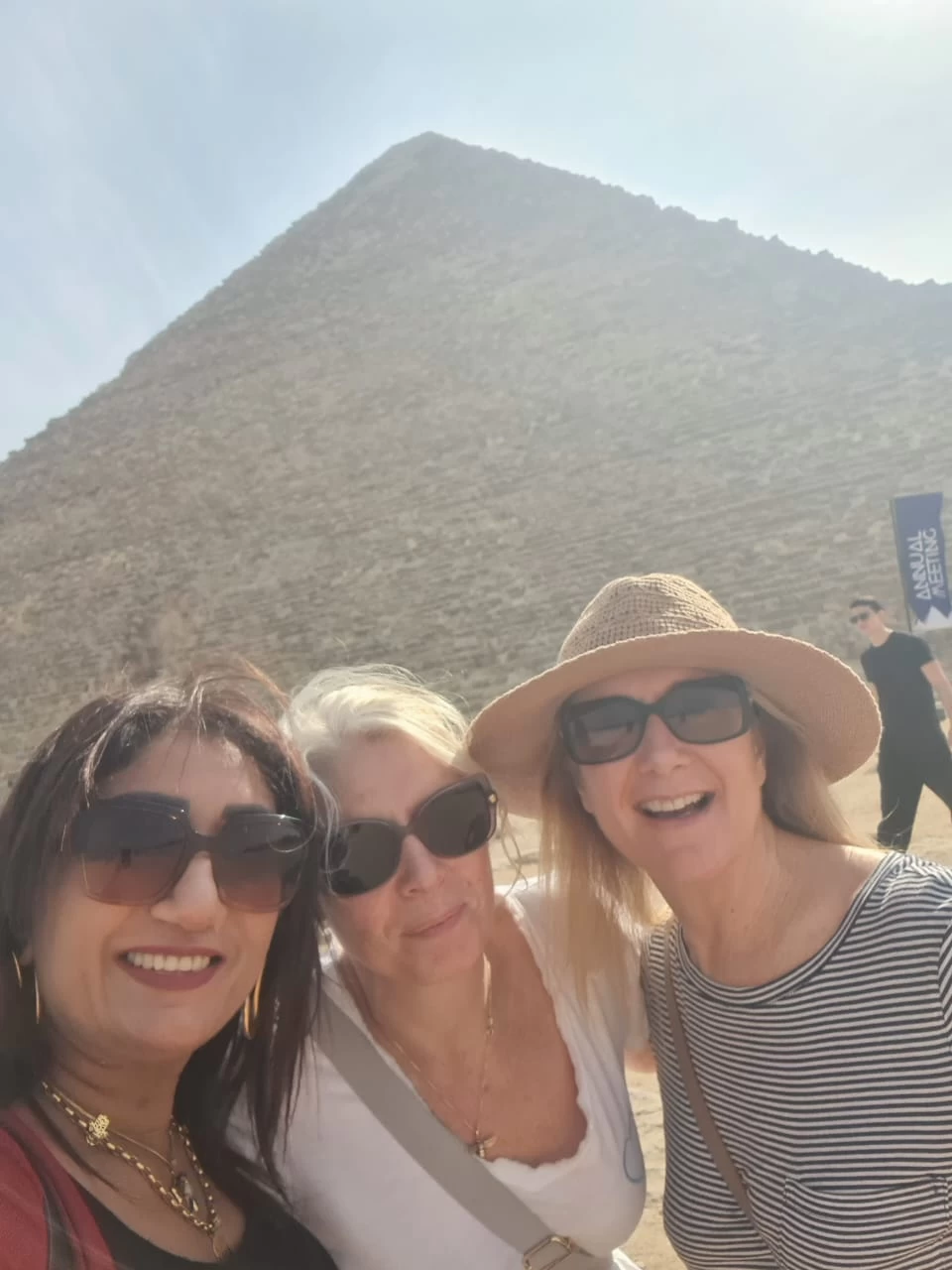


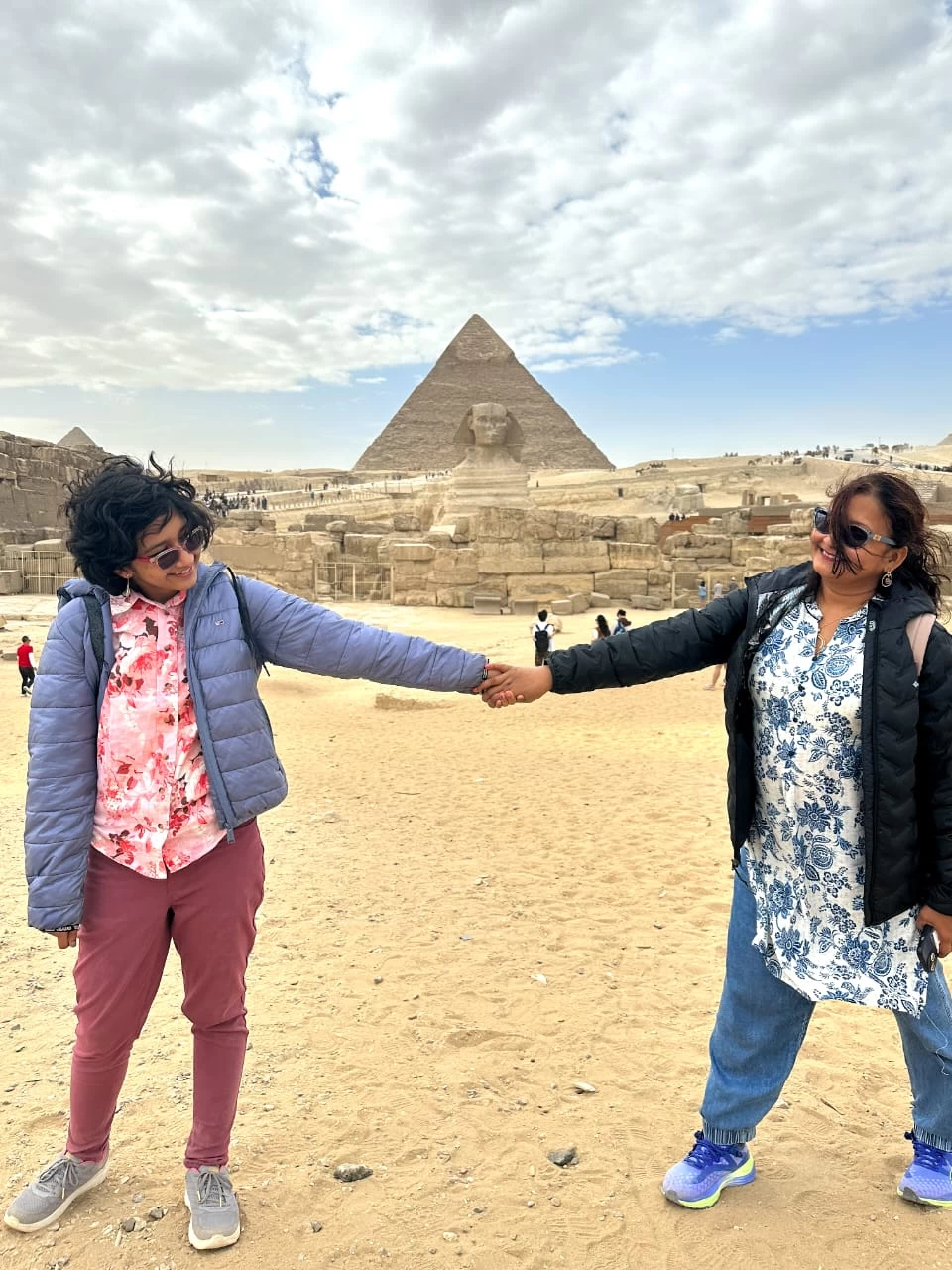
-webp.webp)
-webp.webp)










.png)

